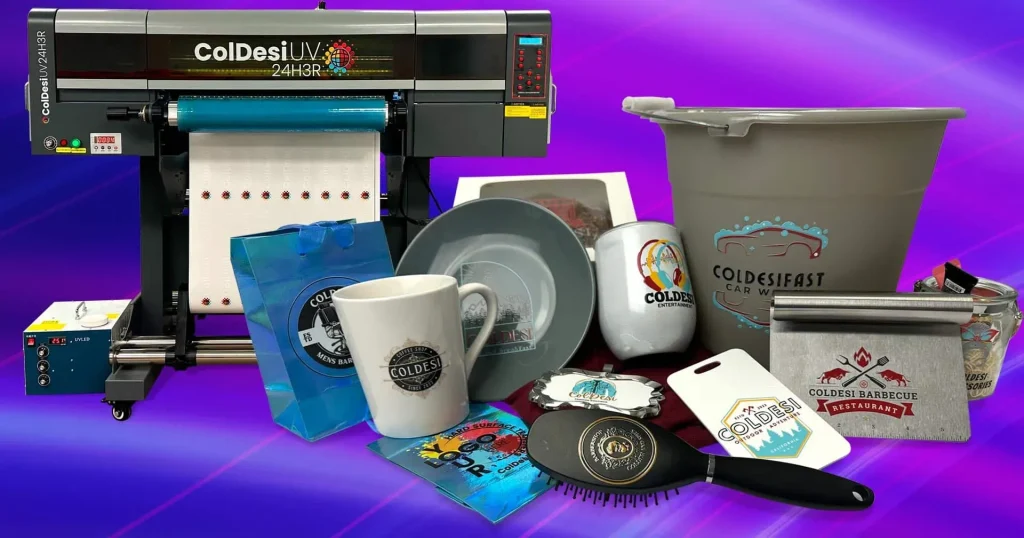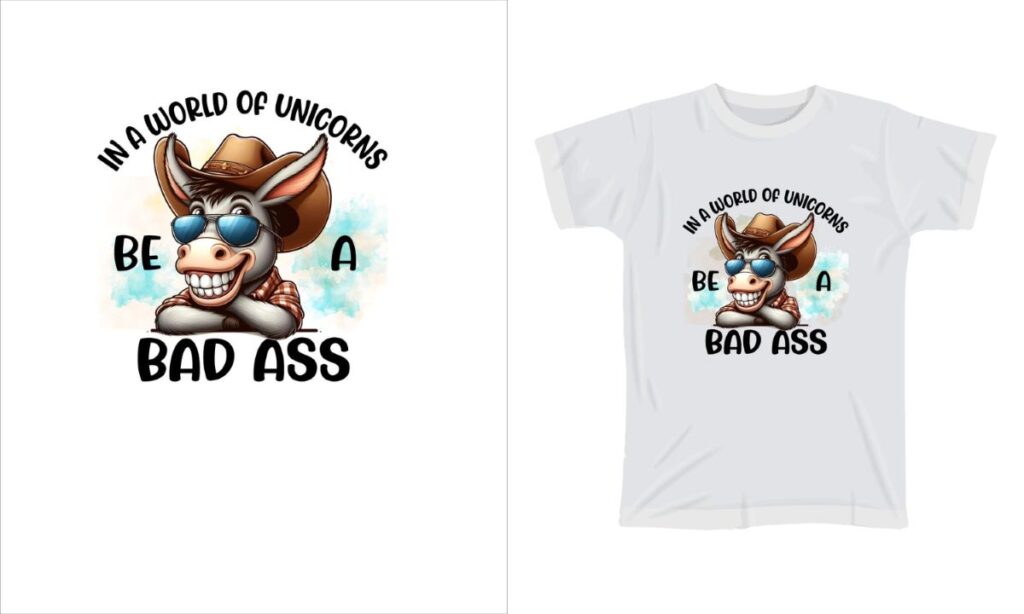In the realm of modern printing, UV DTF (Direct to Film) printing technology is making waves with its innovative approach. Characterized by its use of ultraviolet light for curing ink, this method challenges traditional DTF processes and dispels many common UV printing myths. By harnessing the power of UV DTF, businesses can achieve stunning prints with exceptional durability and vibrant colors, all while embracing sustainable printing practices. As eco-friendly printing remains at the forefront of consumer concerns, the resilience and efficiency of UV DTF are drawing attention for their contributions to environmental goals. Join us as we explore the top five myths surrounding UV DTF printing and uncover the truth behind its transformative potential in the industry.
Often referred to as ultraviolet direct-to-film printing, the UV DTF method has emerged as a game-changer in the printing landscape. This advanced printing technology leverages UV curing techniques that set it apart from conventional DTF options, promising enhanced durability and versatility for various substrates. Simultaneously, it addresses growing interest in sustainable printing solutions, offering an eco-friendly alternative to traditional methods that rely on solvent-based inks. By unveiling the realities behind UV DTF, including its efficiency and potential cost-effectiveness, we aim to reshape perceptions and highlight the advantages that this innovative printing technology holds for businesses. Let’s delve deeper into the common misconceptions that hamper understanding of UV DTF and reveal its true capabilities.
Understanding UV DTF Printing Technology
UV DTF printing combines the principles of direct-to-film processes with ultraviolet light curing to produce high-quality prints on a range of substrates. Unlike standard DTF printing that relies on heat for drying, UV DTF technology cures ink instantly, allowing for faster production cycles and more efficient workflows. This technological advancement not only streamlines production but also enhances the vibrant colors and intricate details that can be printed. The ability to print on various materials, including those that are unconventional, makes UV DTF printing a versatile choice for businesses looking to diversify their product offerings.
Furthermore, UV DTF printing has rapidly gained traction due to its adaptability to different production demands. Its technology facilitates the creation of custom designs on textiles, signage, and promotional materials using a consistent approach that guarantees quality. As this technology evolves, it continues to open new avenues for creativity in the printing market, ensuring that businesses can meet diverse consumer needs while standing out in a competitive landscape.
Frequently Asked Questions
What are the advantages of UV DTF printing over standard DTF printing?
UV DTF printing offers several advantages over standard DTF printing, including faster curing times due to ultraviolet light, enhanced durability of prints, and the ability to print on unconventional materials. This versatility allows businesses to expand their product offerings efficiently.
Is UV DTF printing environmentally friendly compared to traditional methods?
Yes, UV DTF printing is considered more environmentally friendly than traditional printing methods. UV inks emit fewer volatile organic compounds (VOCs) and include eco-solvent options, aligning with sustainable printing practices and minimizing ecological impact.
Can UV DTF printing be used for everyday products, or is it limited to specialty items?
Contrary to the belief that UV DTF printing is only suitable for specialty projects, it is increasingly used for a wide range of products, including signage, textiles, and promotional materials, proving its versatility in various applications.
How does the durability of UV DTF prints compare to traditional printing methods?
The durability of UV DTF prints is superior to many traditional printing methods. UV-cured inks provide excellent resistance to abrasions, moisture, and UV rays, ensuring that colors remain vibrant and prints endure harsh conditions, suitable for outdoor applications.
What are some myths about UV DTF printing’s cost-effectiveness?
A common myth is that UV DTF printing is too expensive for businesses. While initial setup costs may be higher, long-term savings from reduced material waste, faster production times, and lower energy consumption can make UV DTF printing a cost-effective option overall.
What common misconceptions exist about UV DTF printing technology?
Common misconceptions about UV DTF printing include beliefs that it is no different from standard DTF printing, that it is not eco-friendly, and that it is only for specialty uses. Understanding these myths helps clarify the actual advantages and applications of UV DTF technology.
| Myth | Fact |
|---|---|
| UV DTF Printing Is No Different from Standard DTF Printing | UV DTF uses ultraviolet light for instant curing, enhancing speed and versatility, allowing printing on unconventional materials. |
| UV DTF Printing Is More Expensive | Although initial costs may be higher, long-term savings from reduced waste and faster production make it cost-effective. |
| UV DTF Prints Are Not Environmentally Friendly | UV inks emit fewer volatile organic compounds compared to solvent-based inks, making them more eco-friendly. |
| UV DTF Printing Is Only Suitable for Specialty Projects | The technology is now widely used across various projects including signage, promotional products, and textiles. |
| UV DTF Prints Are Less Durable | UV-cured inks exhibit excellent resistance to abrasions and moisture, making them suitable for long-lasting, outdoor applications. |
Summary
UV DTF printing is revolutionizing the printing industry with its many benefits, including efficiency and environmental sustainability. By clearing up common misconceptions about this technology, businesses can realize its true potential and leverage its advantages. Understanding the facts about UV DTF printing allows companies to innovate and improve their service offerings while meeting consumer demands for quality and sustainability. As the technology evolves, it opens up new horizons for a range of applications, making it a significant player in modern printing solutions.



